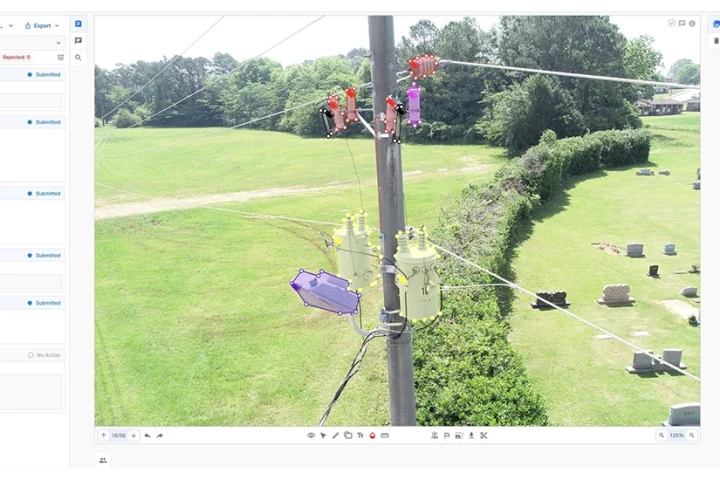The use of artificial intelligence is quickly increasing, and many major breakthroughs are being made in the business world. In today’s era of digital commerce, the applications of artificial intelligence in product cataloguing and management have become critical. Artificial intelligence is not just available for creating customized shopper experiences, it is also revolutionizing the way a company operates internally.
The booming growth of the e-commerce industry is a testament to its validity. Especially after Covid, an increasing number of people are buying online because they find it convenient and easy. This is why most e-commerce businesses’ entire strategies revolve around how they can create and manage detailed catalogues to attract and help customers make informed purchase decisions. Moreover, to stay ahead of the competition, businesses need to create differentiated catalogues to connect with customers and develop trust, credibility, and engagement.
A star catalogue hits all the right chords to sell the product, but it also increases the cost manifold. From the production cost of photoshoot to the manual tasks of editing, publishing, and managing a catalogue, there are challenges that can significantly slow the time-to-market leading to diminishing margins.
You probably interact with artificial intelligence every day and do not even realize it
Integrating artificial intelligence in the cataloguing workflow can help businesses create appealing catalogues at speed and at scale. Artificial intelligence can also automatically recognise visuals, generate tags on product images, and leverage consumer data and patterns to create personalized pricing strategies.
Product images signify 86% of the consumer’s purchase decisions across all the industries including auto, food, fashion, retail. When product images decide the sell ability, setting up an online marketplace with no images or low-quality images, only pushes you back in the competition.
The biggest challenge that businesses face is planning the entire photo shoot to image uploading process that is both time-taking and expensive.
Currently, the only solution that exists across the industry is building and booking a physical studio and hiring professional photographers and editors. This exposes merchants to multiple challenges that only delay their product’s go-to-market timelines.
Gartner describes machine learning as a critical technology that enables artificial intelligence to solve problems
An easier and less expensive alternative to product photoshoots by professionals is taking pictures from smartphones. Given the advancement in camera technology in today’s smartphones, anybody can do a self-shoot of their product right from their phone.
There are also multiple photo editing apps that promise realistic, professional finished images. However, they are not standardized for commercial photography and may not adhere to standard marketplace image guidelines.
Advancements in artificial intelligence technologies enable anyone to click product images through the smartphone and instantly process them into studio-finish images.
Artificial intelligence is generally recognised as a supporting technology.
In this process, artificial intelligence is helping identify and solve challenges with smartphone-shot images that could match with the actual professionally shot studio images. Challenges such as background removal and replacement, shadow generation, colour corrections, image clipping, angle perspective corrections, etc are the differentiating factors that are now being solved with artificial intelligence.
These artificial intelligence-powered solutions in photoshoots and post-production for cataloguing are now enabling businesses and marketplaces to create high-quality studio-finish images at scale, up to 500x faster process, and at a fraction of cost without a physical studio.
There are more ways in which artificial intelligence solves the challenges of cataloguing. It can automatically recognize images, generates tags on product images, and leverage consumer data and patterns to create personalized pricing strategies.
It is adept at processing things much faster than humans could and has the competency to automate repetitive tasks to create higher efficiency
The list does not end here, there is a need for a more efficient repository of data, smart product classification, and faster catalogue publishing. Artificial intelligence is already cracking these codes.
An increasing number of people are buying online and that is why e-commerce strategies revolve around how they can create and manage detailed catalogues.



















